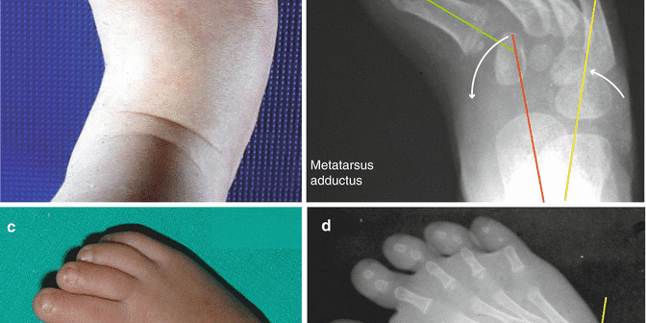It is normal for a parent to be concerned about the health and future of their children as they are growing up. There is a possibility that you’ll notice that your child has some foot problems or any deformities. Although many of these conditions can be easily corrected without any help as the child grows, it is still essential for you to observe them throughout this period. Here are the common foot problems in children.
Common Pediatric Foot Conditions
The feet of young children, including babies and toddlers, are very soft. Their bones have not yet grown to their full capacity, and so there are several foot problems that your child may experience, including:
1. Flat feet.
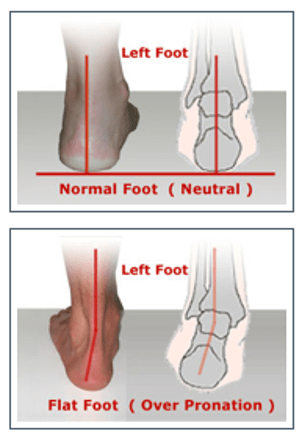
As soon as babies are born, you will notice that they have flat feet. They will develop arches as they grow. However, some of these children may never develop their arc fully.
This condition poses a problem since that child may end up with weak ankles due to the inward turn of the ankles.
Although it seems like something that must be addressed as soon as possible, it actually does not cause significant problems. It often corrects itself by the time the kid turns six. Doctors may only opt to start treatment if the kid experiences any pain.
In sports, your child can wear arch supports to reduce or avoid foot pain.
2. In-Toeing.
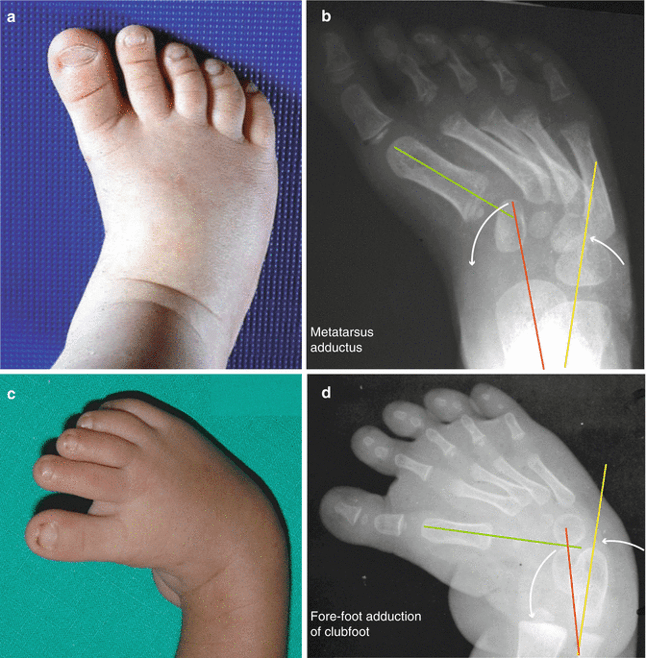 This condition is also known as pigeon toes, wherein children walk with their feet turned inward. Those with this problem may trip up way more often compared to normal, especially if they are also suffering from internal tibial torsion, which is the inward rotation of the lower part of the leg of the child.
This condition is also known as pigeon toes, wherein children walk with their feet turned inward. Those with this problem may trip up way more often compared to normal, especially if they are also suffering from internal tibial torsion, which is the inward rotation of the lower part of the leg of the child.
Another related condition is femoral anteversion. If your child has this, it means that the upper part of your child’s leg is bent more than usual and is rotated inward. In some cases, in-toeing may occur due to an already existing medical condition, let’s say, for example, cerebral palsy.
These problems are often not treated by doctors since children usually overcome it in their teens as they develop better control of their muscles and improve their coordination.
3. Toe Walking.
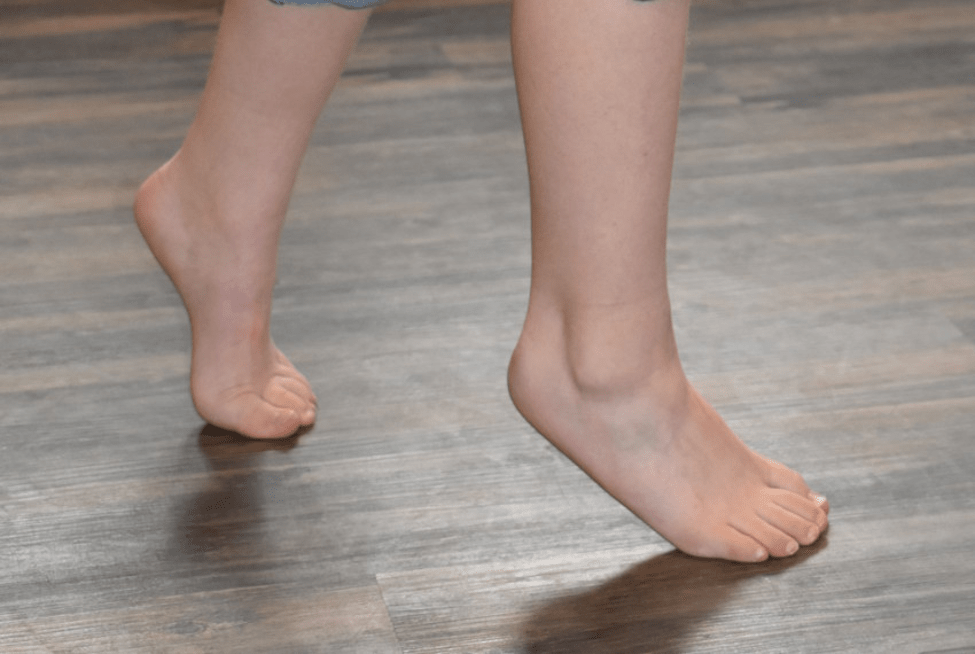 Many toddlers suffer from this condition. They would continuously walk on their toes, but this habit usually disappears when they reach the age of three. However, some kids would experience the problem for a much longer time.
Many toddlers suffer from this condition. They would continuously walk on their toes, but this habit usually disappears when they reach the age of three. However, some kids would experience the problem for a much longer time.
Similar to the previous foot problem, this condition could be tied up to an existing medical condition, including, but not limited to autism, cerebral palsy, and muscle weakness disorders.
One suggestion that a doctor would give is to have your child undergo stretching exercises. They could also recommend casting the foot and ankle for around six weeks to help stretch the calf muscles. This is usually executed when the child is four or five years of age.
4. Knock-Knees.
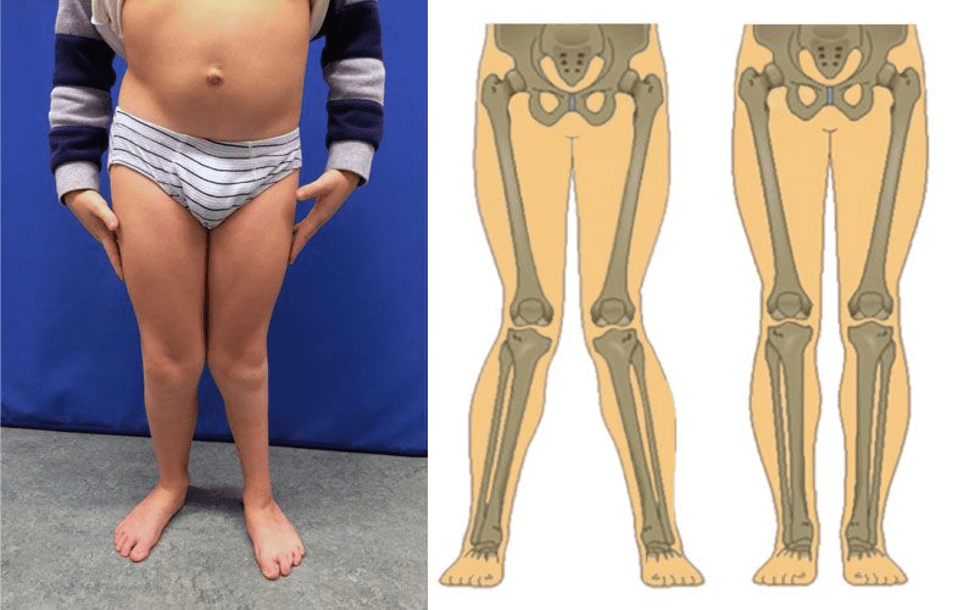 If you notice that your child’s knees meet when they stand and have a gap between the two ankles, they may be suffering from knock-knees, otherwise known as genu valgum.
If you notice that your child’s knees meet when they stand and have a gap between the two ankles, they may be suffering from knock-knees, otherwise known as genu valgum.
This condition almost always corrects itself by the age of seven, so there is no need for any treatment. However, when one side is a lot more pronounced and is painful, they may need surgery.
5. Heel Pain.
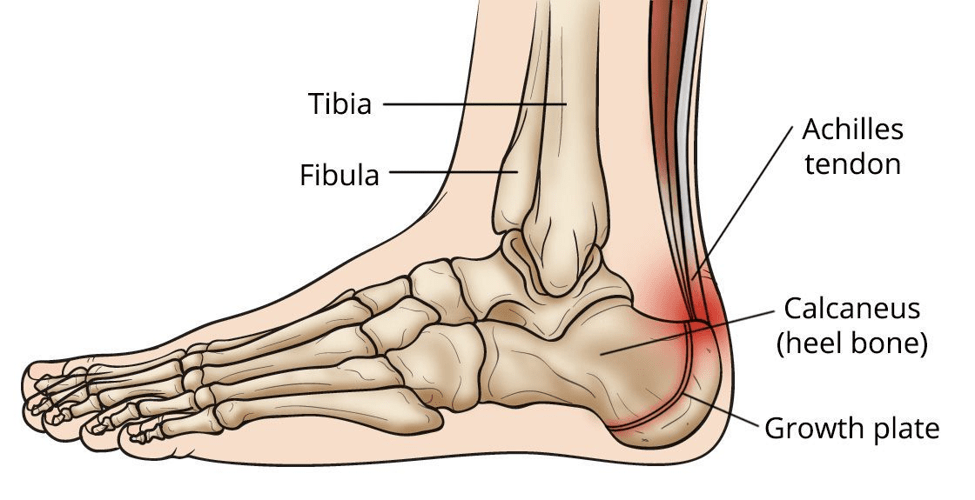 When your child experiences pain in their heel, it could be due to plantar fasciitis, which is an inflammation in the thick band of tissue found in the heel bone.
When your child experiences pain in their heel, it could be due to plantar fasciitis, which is an inflammation in the thick band of tissue found in the heel bone.
It may also be associated with Sever’s disease. This condition can cause the pain associated with a growth plate at the back of the heel. The pain may also be due to the tightness of the calf muscles and Achilles tendon during growth spurts.
6. Bow Legs.
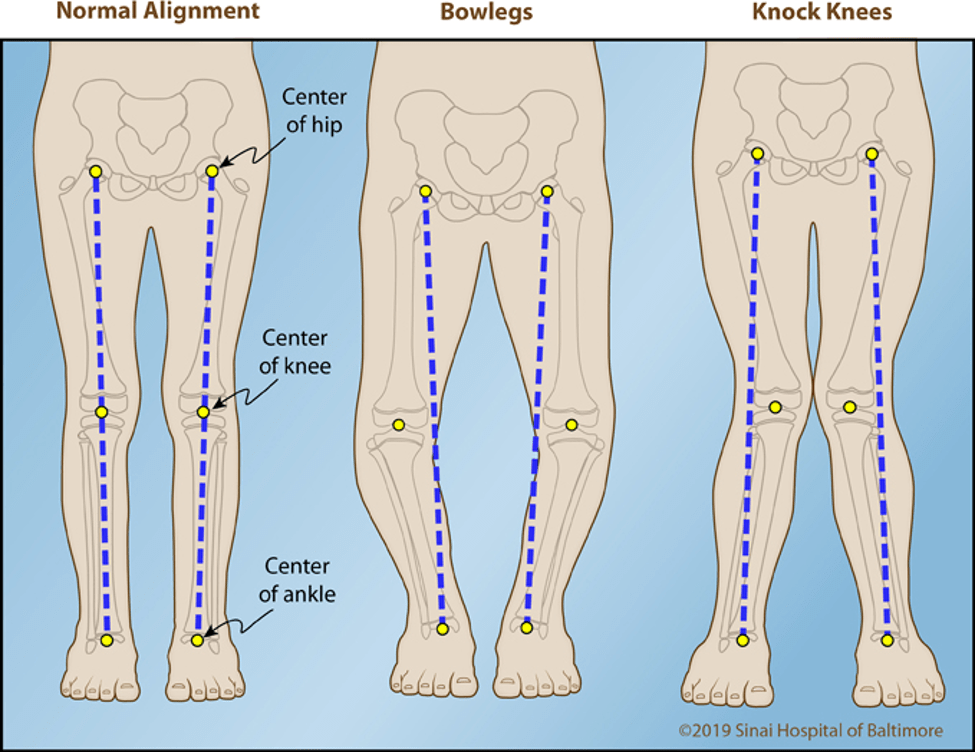 Babies younger than 18 months commonly have a gap between both their knees and ankles when they stand.
Babies younger than 18 months commonly have a gap between both their knees and ankles when they stand.
However, if it worsens or doesn’t correct itself, you may have to visit your doctor to get medical advice. If only one leg is severely affected, it may be a sign of either rickets (bone growth problem due to lack of Calcium or vitamin D) or Blount disease (abnormal growth on the top of the tibia bone).
Tips to Ensure that Your Child’s Feet are Healthy
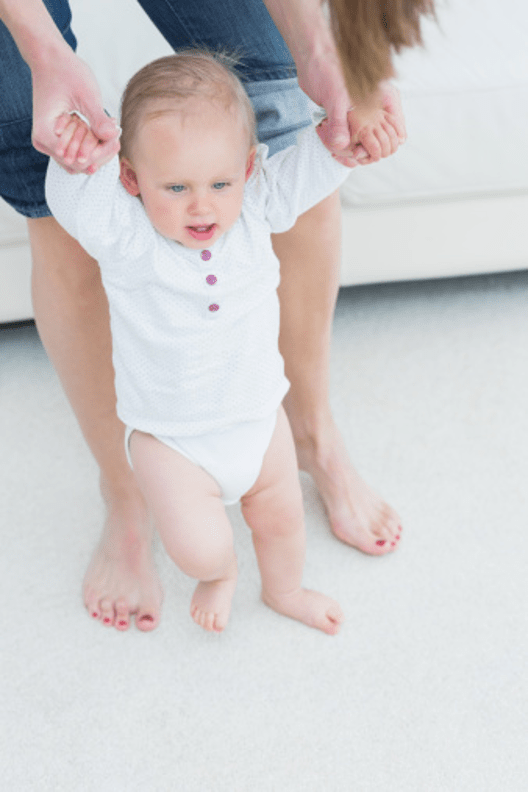
- While toddlers are still learning to walk, let them go barefoot or wear only socks. Shoes will inhibit their feet and toes growth.
- Always ensure that your kid is wearing the appropriate shoe size. Their feet grow incredibly fast, so regularly check.
- Select shoes that are a little bit bigger than their feet to allow room for growth.
- If your child is into sports, make sure they warm up before physical activity and cool down afterward.
- Encourage them to stretch and do exercises to strengthen their calf muscles.
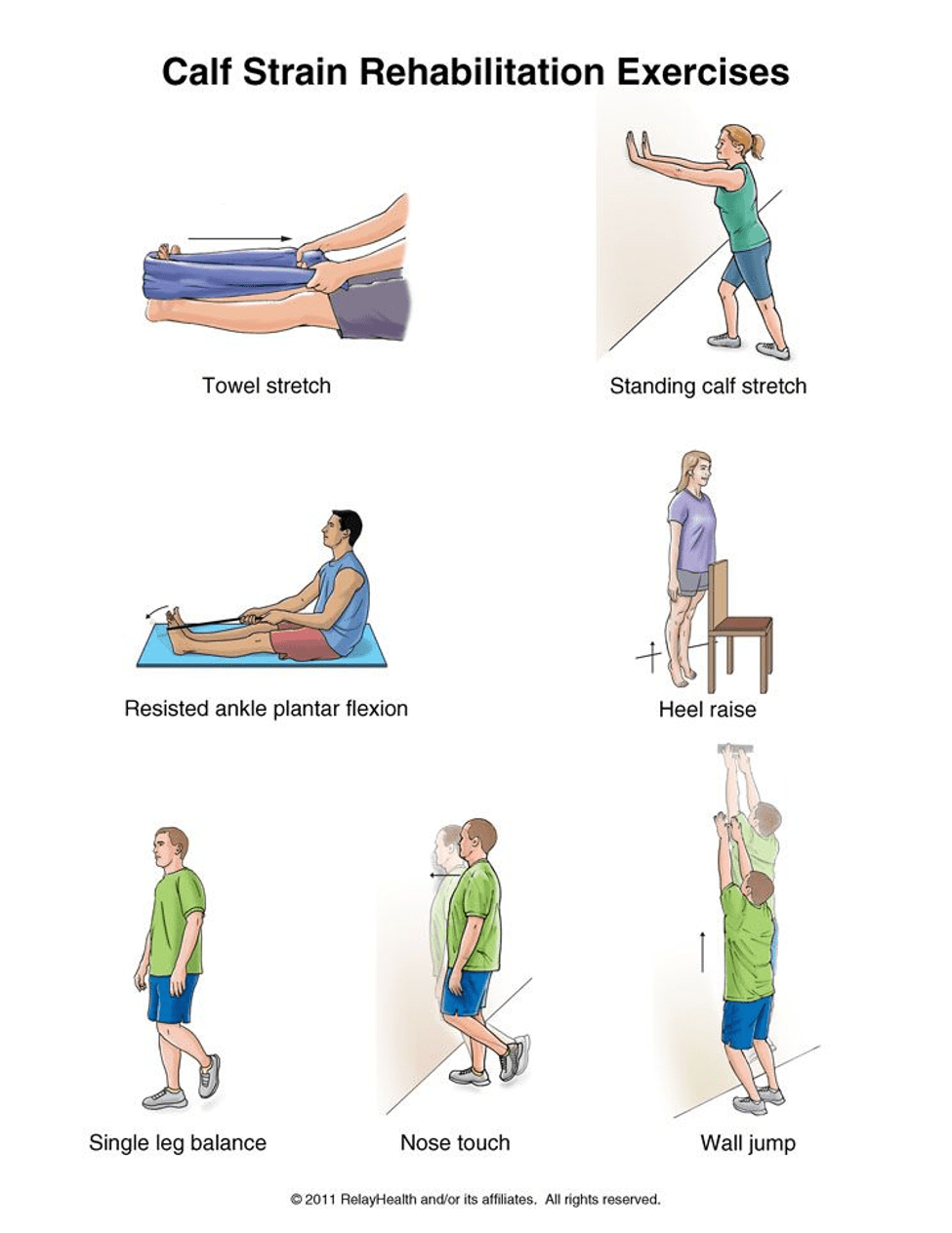
These are only a few of the foot conditions that your child may experience. If you notice any problems or difficulties that your kid has with his walking, running or the appearance of his feet, you can always visit your podiatrist to address as early as possible.

